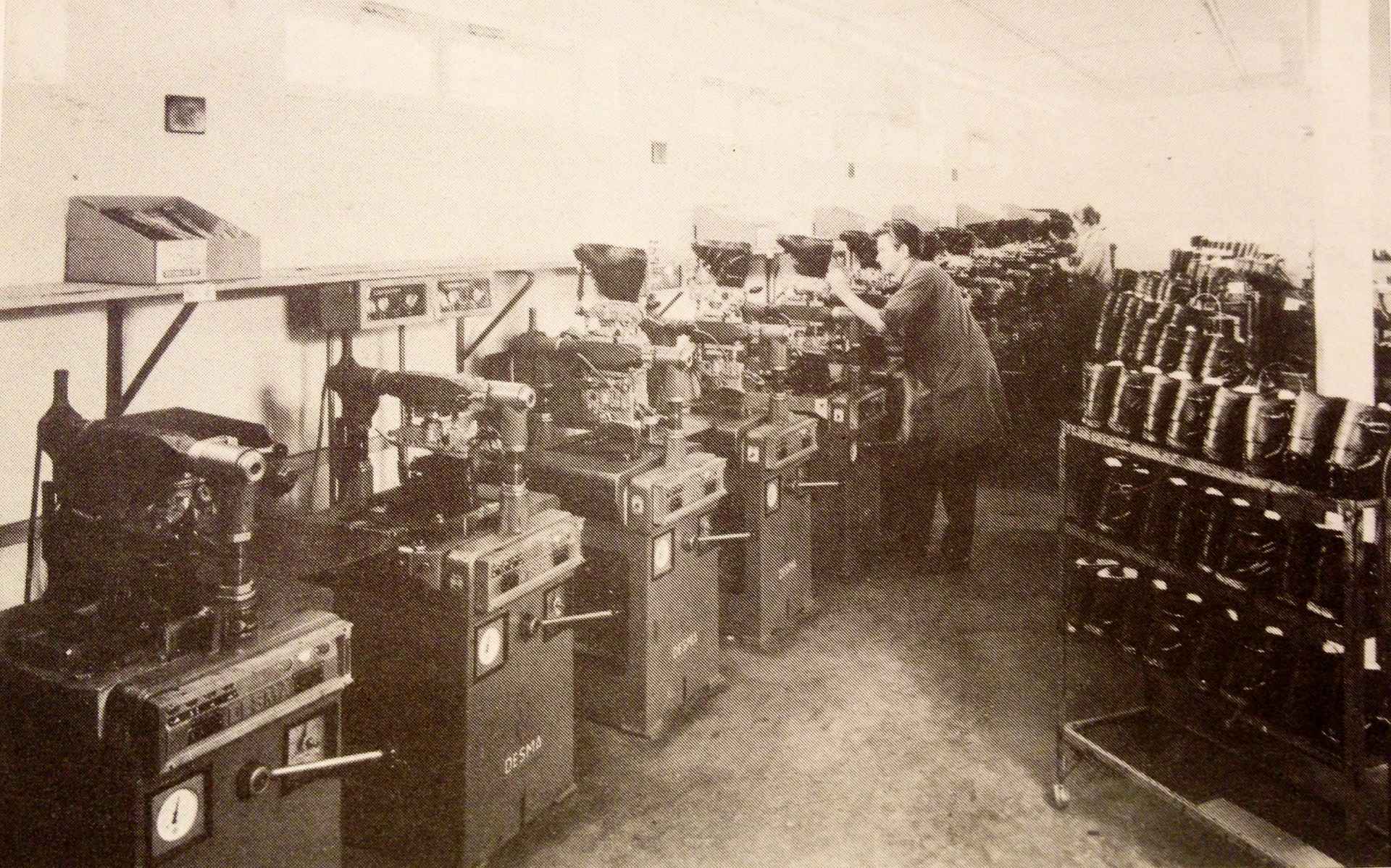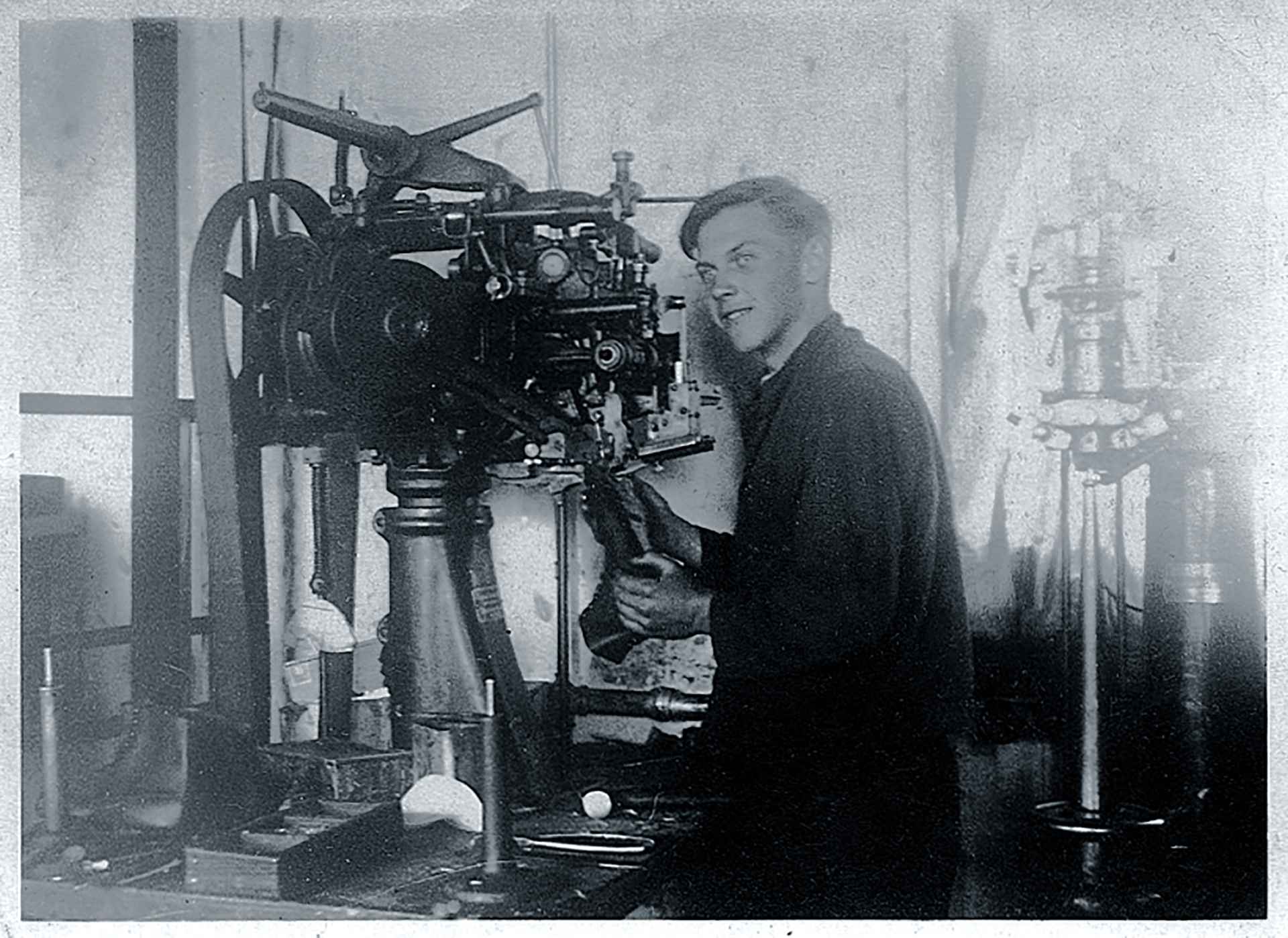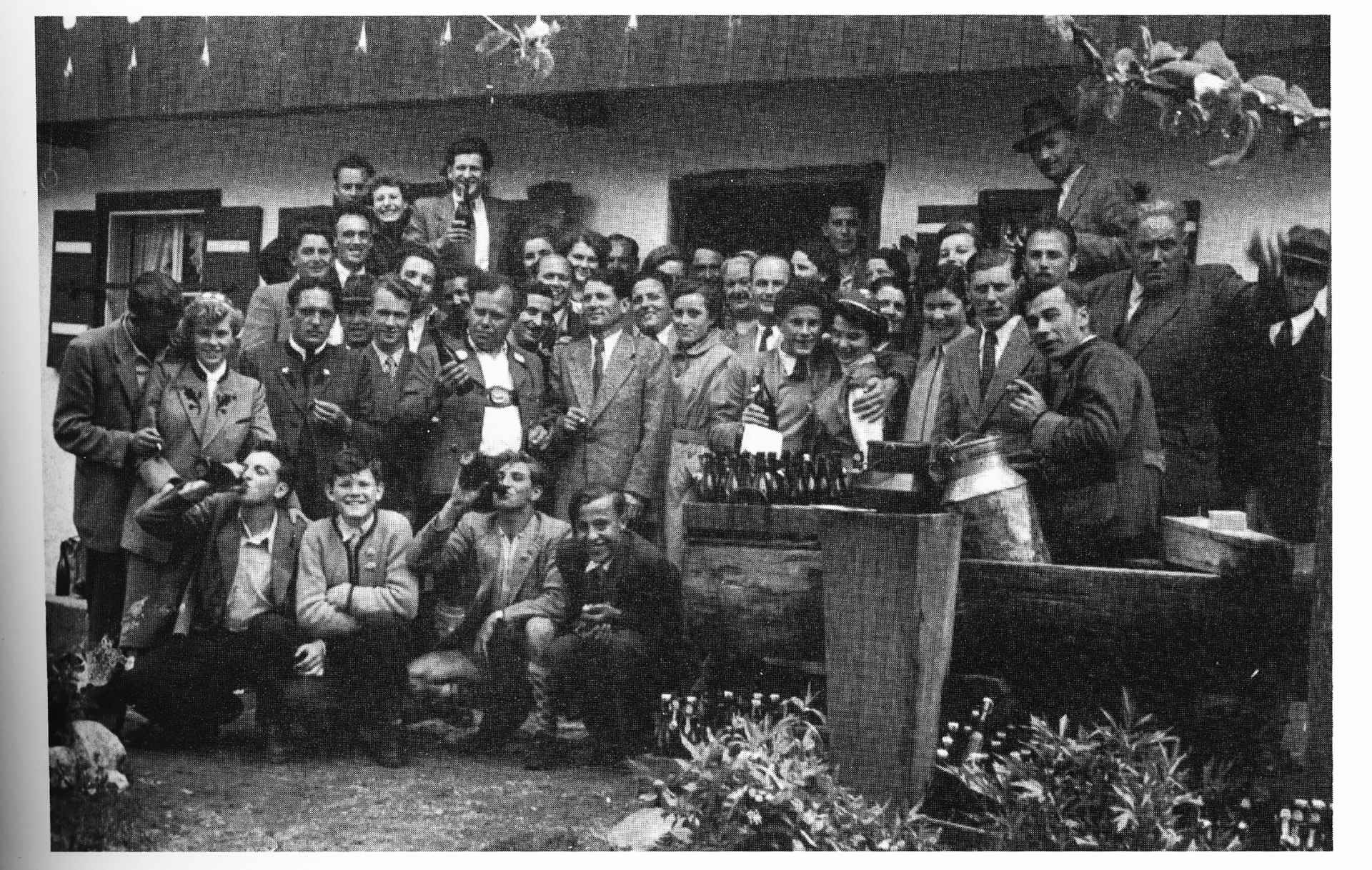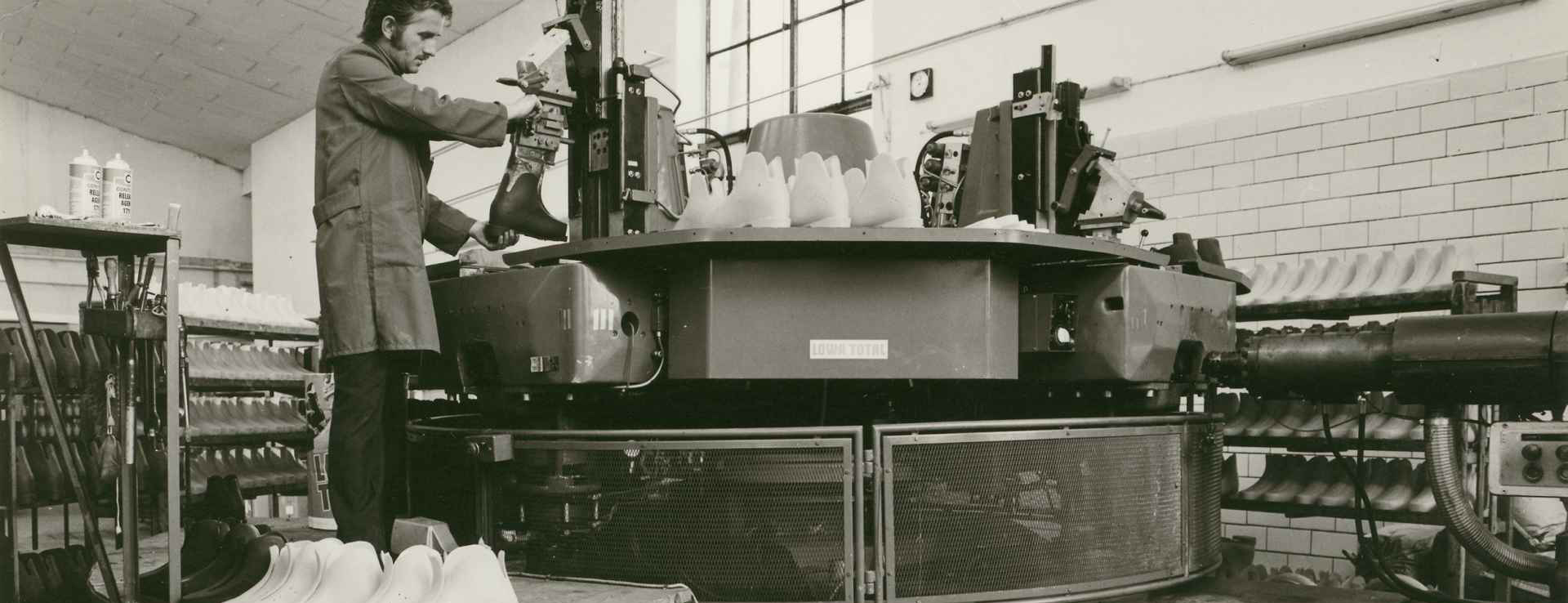
1923 – 1931
THE ERA OF LORENZ WAGNER
Lorenz Wagner, the son of the shoemaker Johann Wagner, established the LOWA company in 1923 in placid Jetzendorf, a town north of Munich. The company’s name comes from the first two letters of the owner’s given name and surname, LOrenz WAgner. Passion for shoes and the dexterity needed to make them are literally part of the family’s DNA – a fact that is underscored by the decision of his two brothers, Hans and Adolf, to set up their own shoe companies, too. Lorenz Wagner was a genius when it came to tinkering and was a passionate shoemaker as well. He spent hours and days upon end as he worked on lasts, models and soles. The success story began with the production of traditional Bavarian Haferl shoes.
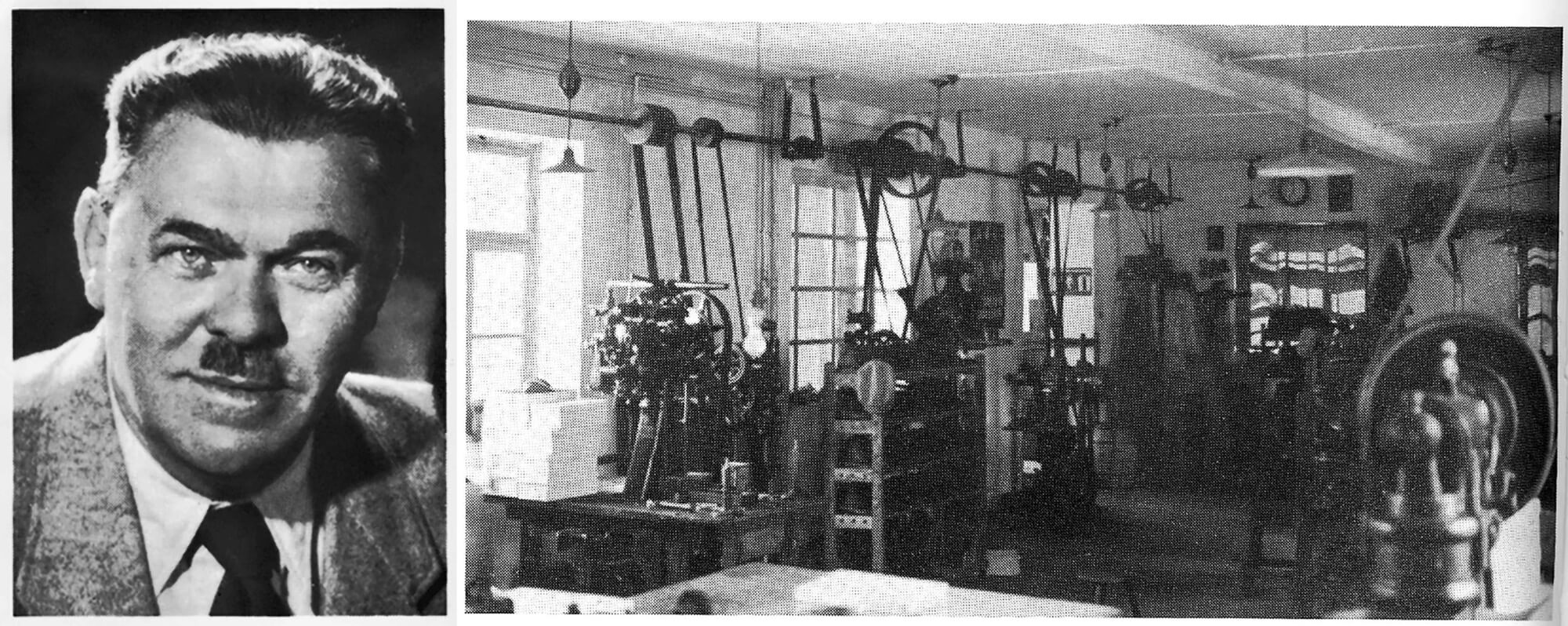
Passion leads to perfection
Lorenz’s work laid the foundation for the future successes of the company. To him, a product was not finished until it fit and functioned perfectly. He used the very best leather that the region had to offer and constructed stable uppers and soles. The result was durable and timeless high-quality shoes. The high quality of the handicraft in the Norwegian welt-stitched shoes – a manufacturing process that stemmed from the mountains – required Lorenz Wagner to expand his operations in the late 1920s. The first factory buildings were built for this purpose in 1930 and 1931. The foundation for further success was laid with Alpine boots for mountain infantry and lace-up ski boots. At this time, Sepp Lederer, a future son-in-law and company heir, joined the company as an apprentice.
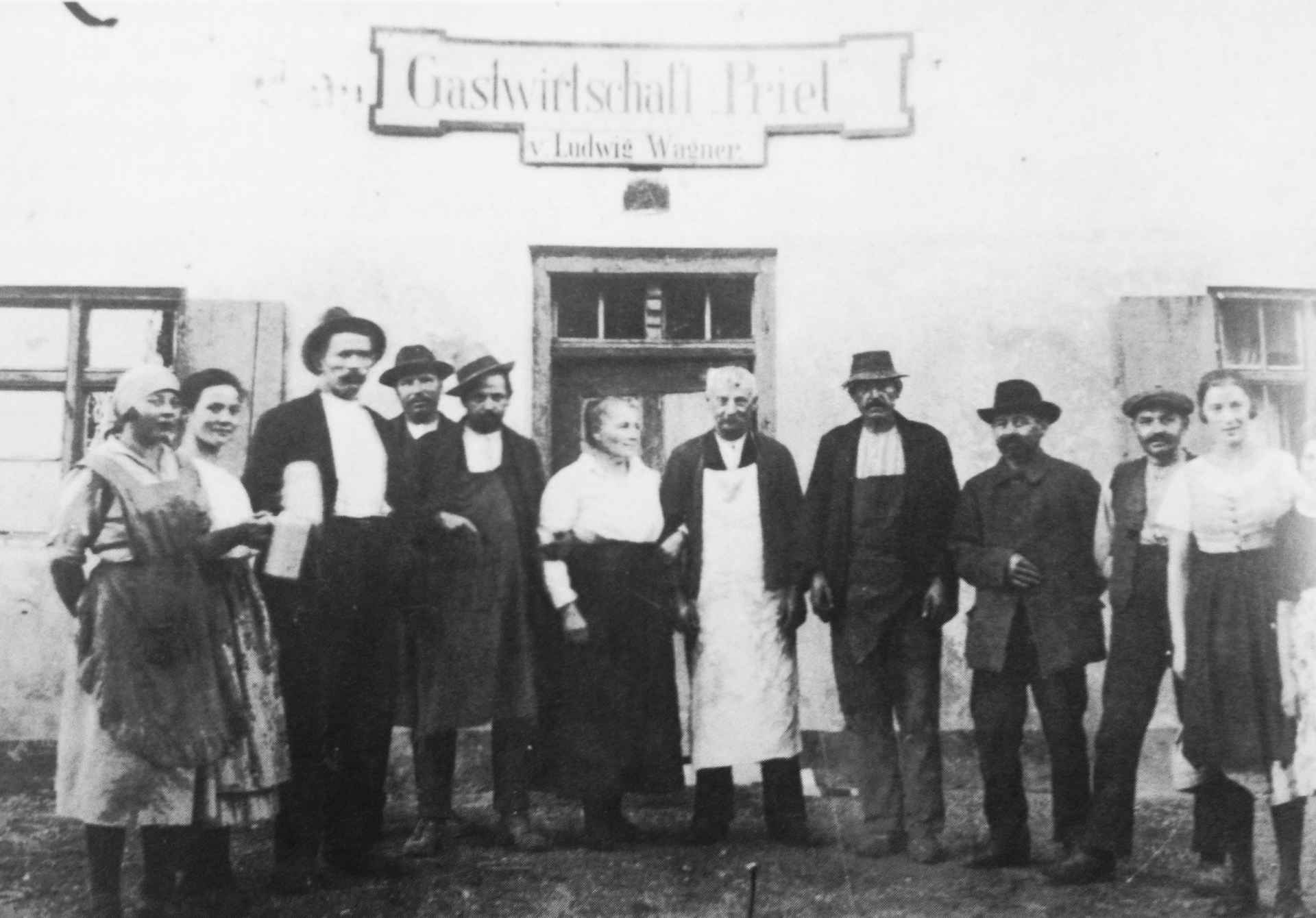
1929 – 1953
HARD TIMES
During the 1930s and 1940s, dramatic events led to far-reaching global economic troubles. The Great Depression paralyzed the United States from 1929 to1941 and led indirectly to a global recession that lasted roughly 12 years. World War II also broke out in 1939.
But Lorenz Wagner still managed to navigate his company through the difficult times. But the impact of the Korean crisis severely shook the company in 1949 and 1950. As a result of the crisis, the price of material jumped by up to 50 percent – leather became a target of speculators. The rising costs increased the expense of production while climbing product prices stifled demand. To remain in operation at all, LOWA had to pay high prices for materials. When prices suddenly fell as the company was still trying to pay off older bills, the company became insolvent virtually over night. When Lorenz Wagner died in 1953, LOWA hit the lowest point of its nearly 100 year history.
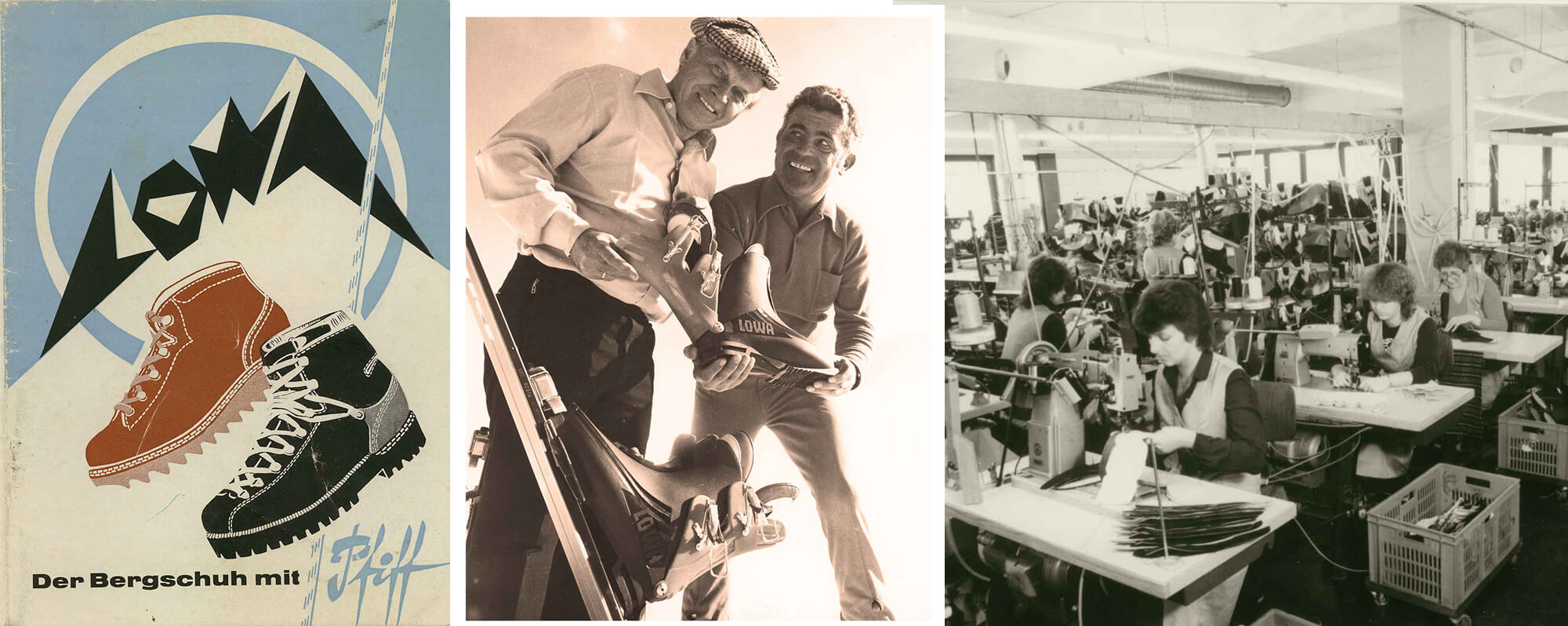
1955 – 1988
THE SECOND GENERATION
In 1955, Wagner’s daughter Berti and her husband, Josef “Sepp” Lederer, took over the company. He had joined the company in 1931 as an apprentice. He expanded the product range step by step in a reflection of the founder’s very own philosophy.
LOWA created a sensation in 1957 when it was allowed to provide equipment for the Karakorum Expedition. Fritz Wintersteller, Marcus Schmuck, Kurt Diemberger of Salzburg and Hermann Buhl of Tyrol reached the summit of the 8,047m Broad Peak on 9 June 1957 during this expedition. From this time onwards, sponsorship of expeditions and athletes was a permanent aspect of the LOWA strategy – and remains one to this very day. One successful expedition followed another, creating opportunities to highlight the quality of LOWA products and add new innovations to product development. In the years that have passed since then, countless climbs in the Alps and expeditions to the most remote corners of the world have been added to the list.
New technologies bring success
In 1970, Berti and Sepp recognized the signs of the times and began to invest in new plastic technology, techniques that enabled more and more innovative exclamation points to be created. Soon after the decision was taken, one of the first polyurethane injection moulding machines was put into operation. The first vulcanized rubber soles – a ground-breaking innovation – was then introduced: It combined 100-percent moisture protection, insulation from the cold and shape retention into one product.
In the 1980s, the successful company strategy based on continuous innovations was continued. In 1982, the “TREKKER” model went on sale and gave birth to the trekking shoe.
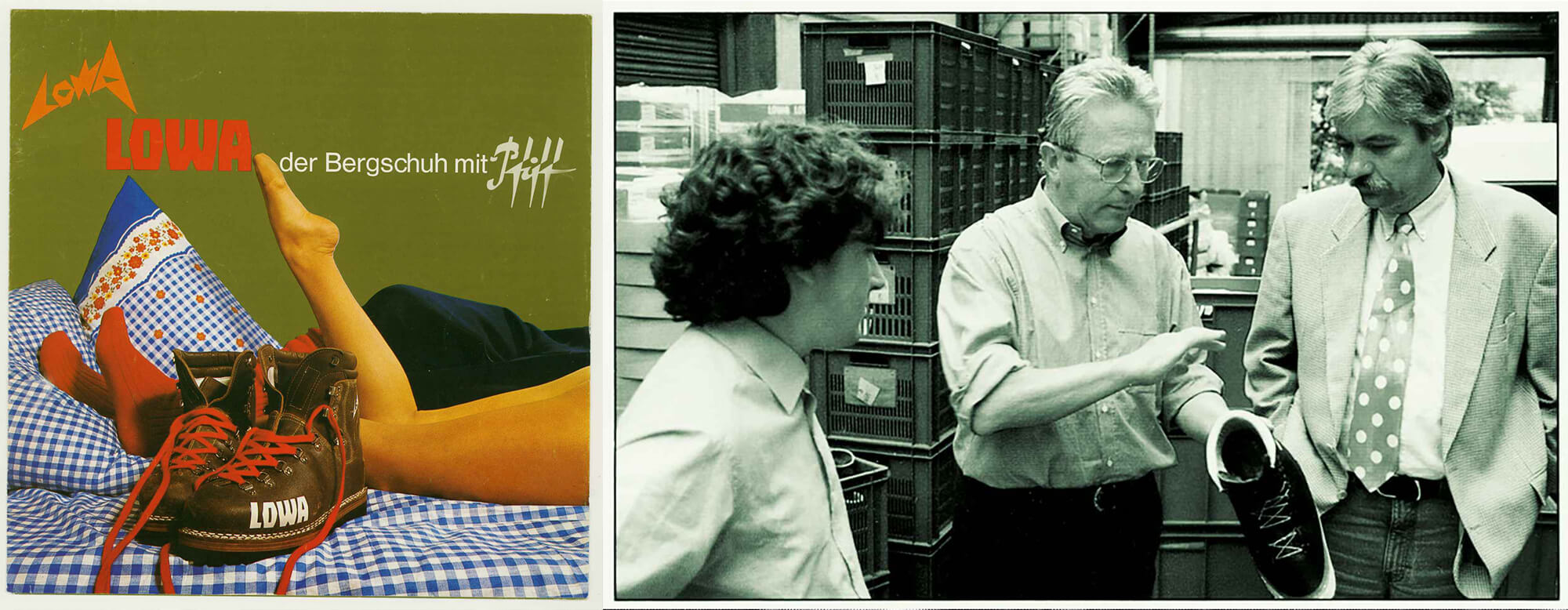
1988 – 1996
CONTINUITY AND CHANGE
After 33 years in which Sepp and Berti Lederer reshaped the company by introducing numerous improvements and overcame the company’s low mark in 1950, they passed management of the company to their son Stefan Lederer, the grandson of Lorenz Wagner who led the company in the third generation. Stefan Lederer continued to systematically apply the strategy introduced by his parents by doing such things as developing the LOWA STREET TREKKER.
A shoe empire arises
At the end of the 1980s and beginning of the 1990s, LOWA suffered severe financial setbacks resulting from a series of relatively snow-less winters. As a way of protecting jobs at the company, the Lederer family decided to sell a stake in the company.
In wake of this decision, the company made a managerial change in 1992 that would eventually take the company to unimagined heights over the next 30 years – Werner Riethmann became managing director and led acquisition negotiations with the Italian business group Tecnica in 1993. It is a company whose other brands include Nordica, Rollerblade, Blizzard and Moon Boot. LOWA was restructured for the future following the acquisition.
The company underwent a streaming and restructuring process. LOWA ski boot division became part of Tecnica as part of this work, a decision that brought LOWA’s ski boot business to an end. The company then focused completely on the hiking and mountaineering boot segments. The internationalisation of LOWA became a priority as well, a step that was designed to reduce the company’s dependency on its three main markets: Germany, Austria and Switzerland. But Jetzendorf remained the production location in Germany – one of Riethmann’s key demands – and also continued to serve as the base of the company’s management team and its research and development department. Mountaineering and trekking boots continued to be made in Jetzendorf as well. The 15-square-metre shop in which Lorenz Wagner began to develop his shoes had evolved into a modern plant with 7,000 square metres of space. Sepp Lederer and his wife, Berti, were honoured for their life’s work and became honorary presidents of the company following the acquisition.
LOWA moved in only one direction in subsequent years: straight upwards. In 1994, a total of 1,750 pairs of shoes were produced every day in Jetzendorf. Additional expansions affecting products, structures and sales markets soon followed. The company’s offices and warehouses were expanded in subsequent years as well. The “light” hiking boot introduced in 1995 is considered to be the forerunner of today’s multifunctional All Terrain Classic line. In the summer of 1996, LOWA initiated a joint venture in the United States. A Canadian version followed a few months later. The hot-selling items at the time were the models TREKKER and LADY SPORT.
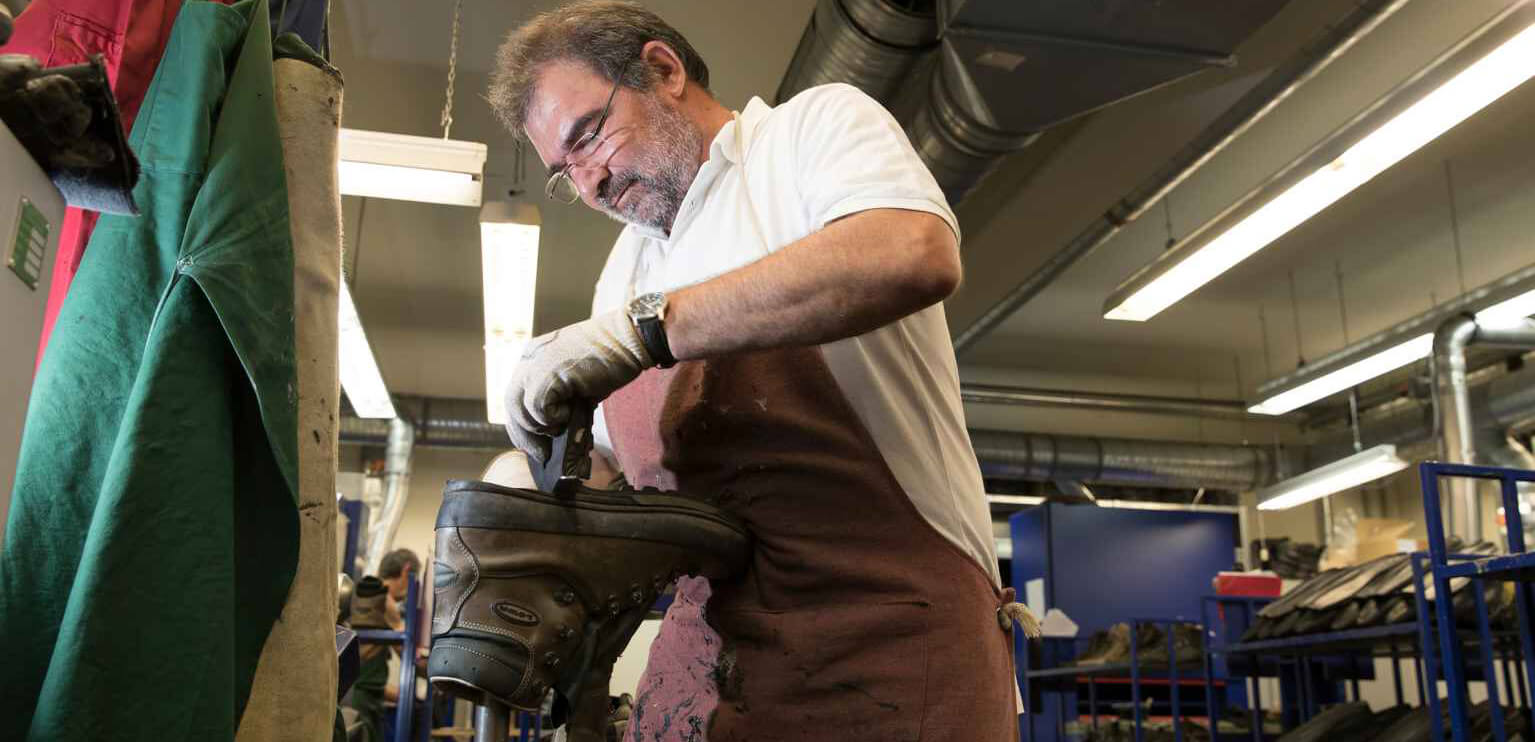
1997 – 2004
THE BREAKTHROUGH
An exciting idea in shoe development laid the foundation for a new product category of multifunction shoes and long-range success. The first RENEGADE went on sale, a top-seller that comes in nearly 100 different models more than 20 years later. The lightweight jack-of-all-trades is one of the biggest-selling outdoor shoes in Europe – the 5 millionth pair was sold in 2017.
Before the RENEGADE was introduced, heavy, cemented hiking boots were the only choice consumers had. There weren’t any lightweight models for short outings. But it was impossible to reduce the shoe’s weight while the cemented construction method was being used. A completely new technology for the hiking boot segment finally produced the solution. The soles were no longer cemented on. Instead, they were directly injected and thus affixed to the upper.
In subsequent years, LOWA shoes went on sale for the first time in Spain, Portugal and Andorra. In the process, the company continued to expand its market position in Europe.
In 1998, LOWA sold about 600,000 shoes and generated turnover of about DM 70 million. From this starting position, the company entered the new millennium with a broad line of products. The business performed very well, and LOWA continuously expanded its market position. The sales partnership with Performance Sport Russia also laid the foundation for a new, important step related to internationalisation.
Another major goal was achieved just as the year of 2000 was winding up. Thanks to innovative products and the highest “made-in-Europe quality”, LOWA produced and sold more than 1 million pairs of boots and shoes in a year for the first time. LOWA had become an established name in European footwear and sports retail. Nonetheless, LOWA remained true to its tradition and roots and celebrated its 80th anniversary in 2003. As the largest employer by far in rural Jetzendorf, the company expressed its strong commitment to its production site in Germany and its base there.
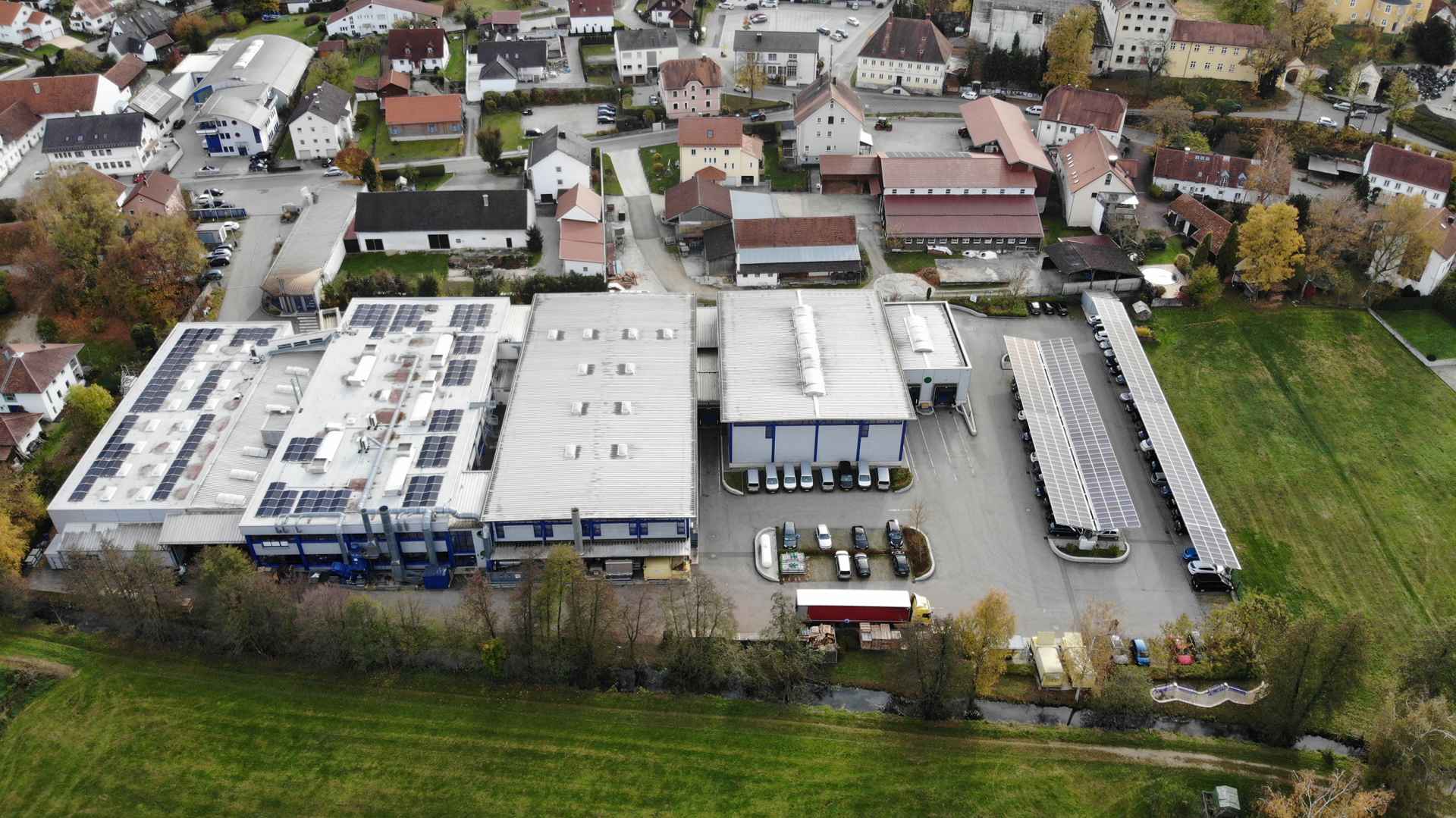
2005 – TODAY
GLOBAL SUCCESS
In 2005, LOWA moved into China and, thus, the Asian market: The partnership with the Chinese company Nanjing Biancheng Sports got off to a promising start.
Barely 10 years after breaking the magical 1-million barrier, the company achieved another long-pursued goal. In 2010, LOWA sold more than 2 million pairs of shoes and ignored the economic crisis that had raged since 2008. In achieving this goal, the company wrote a new chapter in its impressive history of success and secured its position as an important partner to specialty retailers throughout the world. For his vision and his commitment to the region as managing director, Werner Riethmann was presented with the Bavarian Order of Merit in 2011.
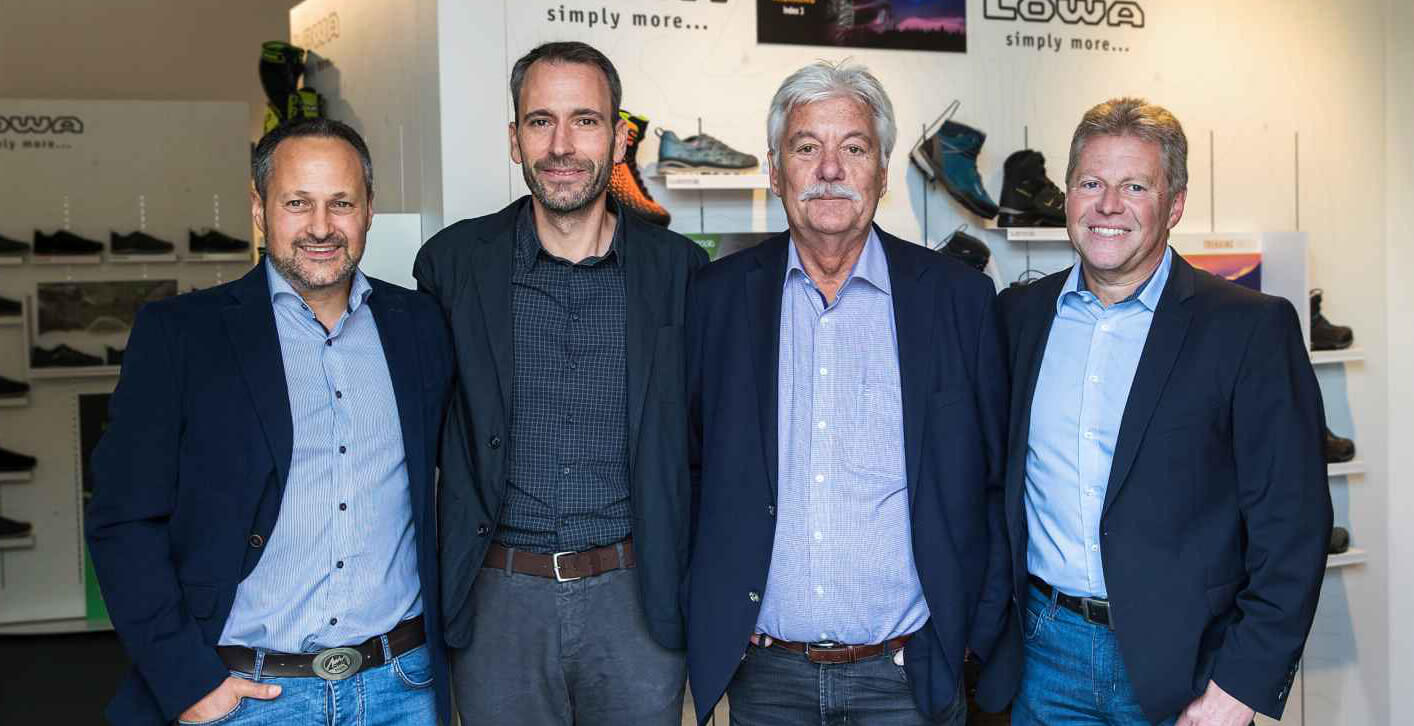
The beginning of a new era
After more than a quarter-century at the company, Werner Riethmann decided in 2019 that he would gradually withdraw from the operational business and brought in a new managing director, Alexander Nicolai, to join him. A new management that also included Matthias Wanner (CSO) and Rudolf Limmer (CFO) went to work the next year.
The workforce at LOWA jumped from 250 to more than 2,000 in July 2019 following the acquisition of Riko Sport, a company that was already producing LOWA footwear in Italy and Slovakia. The long-time partner became a wholly owned subsidiary of LOWA Sportschuhe GmbH in the process.
With its production of nearly 3 million shoes each year, LOWA is now one of the leading brands for hiking and outdoor footwear in Germany, Austria and Switzerland. LOWA sells its products in 75 export countries and sponsors more than 30 athletes as part of the LOWA PRO Team, LOWA ACTIVE Team and LOWA CLIMBING Team.
